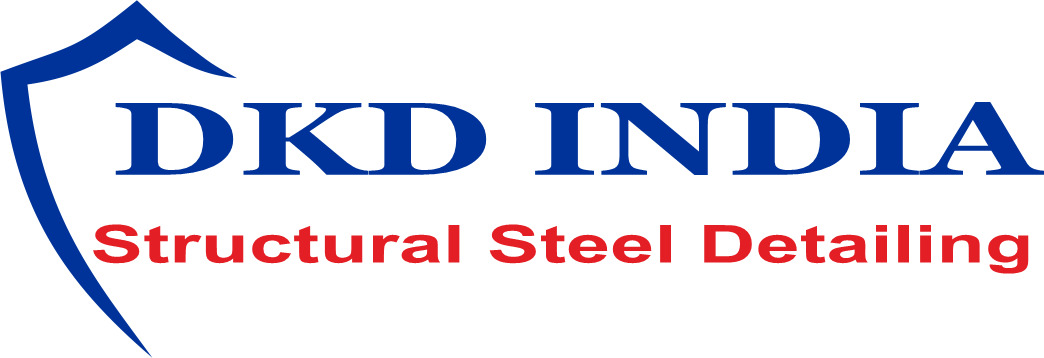Acceptance standards are high-level objectives that must be defined https://www.globalcloudteam.com/ anytime before the dash and the development work starts. Usually, the development team members write the acceptance standards in the course of the product backlog refinement meeting, and the Product Owner or Product Manager is responsible to validate them later. Sometimes they write they formulate the acceptance criteria collectively, or the Business Analyst writes the AC, as part of the project documentation, there are no strict guidelines on this. Having clear AC advantages a project by making certain precise communication of expectations between stakeholders and the event team, minimizing misunderstandings and rework. It streamlines the development process by offering particular goals, improving effectivity, and reducing time spent on revisions. Clear AC additionally enhance the quality of the product by defining the standards it should meet before launch, leading to higher customer satisfaction and better alignment with person wants and business aims.
A Guide To Utilizing Acceptance Criteria In Agile Testing
Developers are responsible for making the characteristic useful, and QA is answerable for confirming it’s usability. But acceptance criteria is created by the person or staff answerable for deciding what new features to add to the product (no matter what type of app or web site it is). The use of acceptance standards allows us to ensure that software program meets the expectations of stakeholders in Agile Testing. It is just a few sentences of plain language and written from the attitude of the consumer acceptance criteria. While engineers, developers and product managers might perceive specialized vocabulary, members from advertising, gross sales and buyer success could additionally be left at midnight.

Conclusion: Acceptance Criteria In Product Administration
Acceptance standards are decided by the top goals of the user and the kind of product groups wish to construct. Acceptance criteria set up the necessities that must be met for a product to be thought-about completed and in a position to address users’ particular wants. There are two major strategies product improvement teams rely on for writing clear acceptance standards. Acceptance criteria refers to a set of circumstances that a product or feature must meet to fulfill the requirements of its finish users or clients. Teams might adapt or lengthen this construction based on the feature’s complexity or the project’s specific needs. These situations or requirements must be met for the consumer story to be thought-about finished.

Acceptance Criteria Examples And Formats For Consumer Stories

Acceptance Criteria are particular to individual backlog gadgets or features, detailing the situations that should be met for the requirement to be considered full. To ensure visual confirmation that each one necessities have been met, write the acceptance criteria to be tested. This follow aids in providing a transparent indication of whether the person story has been efficiently fulfilled, preventing any ambiguity for developers.
Acceptance Standards Performs A Vital In Software Program Growth

Product managers, different product personnel and members from teams like engineering, software development, quality assurance, advertising, sales and customer success all contribute to writing acceptance standards. Conversations with users and other stakeholders take place early on as properly to get user feedback. In more complex situations, this task could shift to a business analyst, necessities analyst, or project manager who might take over writing acceptance criteria, especially in more complicated situations. Even the client can doc them if she or he has ample technical and product documentation information. In this case, the shopper negotiates the criteria with the team to avoid mutual misunderstandings.
Not Collaborating With Stakeholders

You simply work as a group to outline a listing of pass/fail statements that the functionality must meet so as to be marked full. Acceptance criteria are also generally known as the “definition of done” because they outline the scope and requirements of user stories. One frequent problem teams face is ambiguity within the criteria, which might result in misinterpretation. Teams may also wrestle to strike a stability between overly particular and too imprecise standards. Disagreements amongst stakeholders on what constitutes carried out can hinder the process.
- These are tailored to individual items and detail the expected behaviour and necessities of that characteristic or piece of functionality.
- In this manner, the person story describes the “why” of the work, while the acceptance criteria describe the “what.” The “how” is decided by developers as they work through the dash.
- Developers are responsible for making the feature practical, and QA is answerable for confirming it’s usability.
- A entice that I encourage my teams to avoid is writing acceptance criteria after growth has began.
- But it’s essential to at all times examine with developers first, and to keep others (like QA) within the loop.
- While consumer stories describe the specified end result, acceptance criteria define the mandatory steps to achieve that end result, guaranteeing alignment with user expectations.
Other stakeholders, corresponding to designers, testers, and business analysts, may provide input on the acceptance criteria, based mostly on their areas of experience. The success of a project is decided by communication between the dev group and the client or stakeholder. The group needs to understand how the product or feature is expected to work – which is particularly what the Acceptance Criteria in User Stories in Jira explains.
The Targets Of Definition Of Accomplished
DoD is referenced and utilized at the finish of the dash to assess if work is full. Acceptance Criteria are used all through the sprint to guide improvement and testing. They each serve distinct functions in making certain high quality and assembly stakeholder expectations. Together, these statements comprehensively cover all the person’s actions required to accomplish the duty and attain the specified outcome. They promote a collaborative surroundings the place everybody understands the targets and works collectively to attain them. While it’s true that both DoD and acceptance standards point out a done state, they aren’t quite the identical.
Note that there are firm deadlines for supplies which might be to be thought of by the Evaluation Committee. Gherkin makes use of syntax with keywords like Given, When, Then, And, and But to describe the behavior of a system in a means that can be translated into automated tests utilizing tools like Cucumber or SpecFlow.
Acceptance Criteria are primarily the product owner’s accountability, however can additionally be delegated to the Developers, and is commonly made in collaboration with stakeholders. Successful improvement projects require both the end-users and the builders to have a shared understanding of the desired last product. Acceptance standards (AC) refers to predefined circumstances or necessities that a product should fulfill to realize acceptance from both the customer and the user. With this understanding of when to write acceptance standards, let’s now discover tips on how to write them effectively.
These expectations have to be documented so that all standards are cheap and testable. BA analysts constantly communicate with the consumer and growth staff to discover a compromise between what is needed and what’s potential. Both user tales and acceptance criteria clearly define an organization’s expectations of their application.
